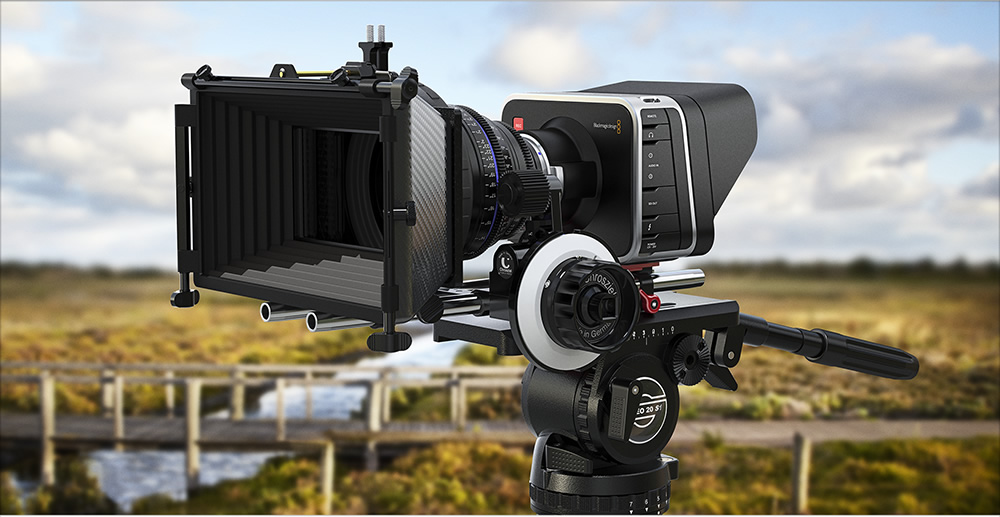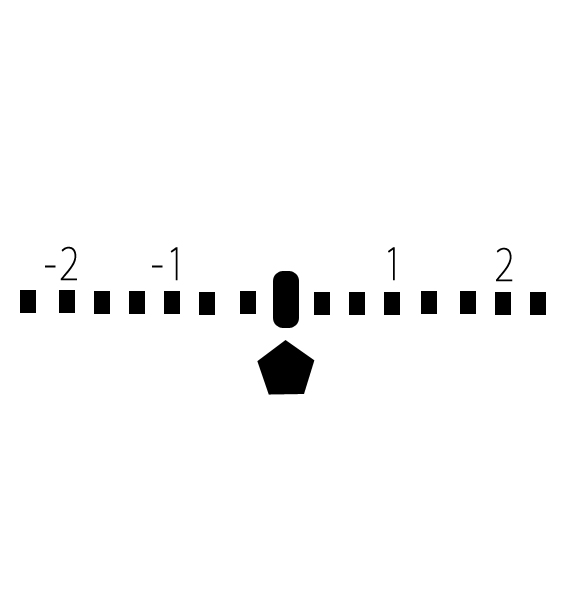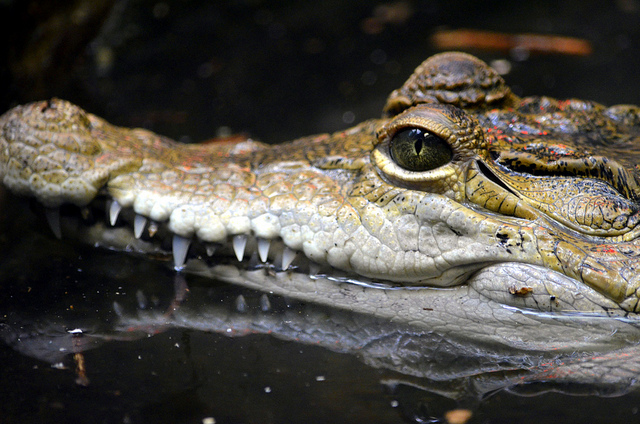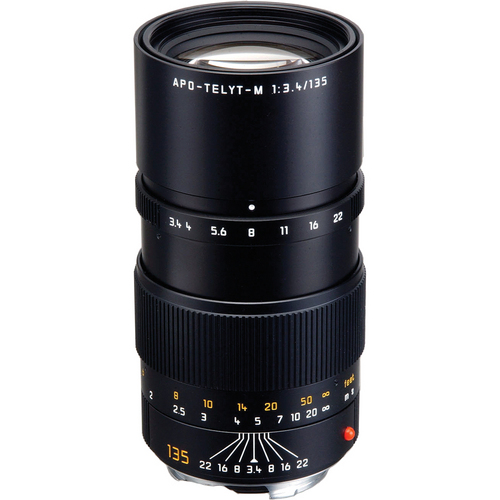RAW File Format
I like to think that I’m well informed when it comes to the DSLR / independent film world. I may not be the first to comment on a new product or feature, but I do try to talk about things that I think are relevant to the community. Personally, I like to think of myself as a filmmaker, a writer, and a director, but at the end of the day, I’m really an artist. So like any artist, I want to make sure that I have the best tools at my disposal. If I’m going to paint a picture, I need paints and brushes to help me achieve my vision.
 In the past few years, the RED camera has been a huge success, and part of that success has to do with its ability to shoot RAW video. Now I’ve seen how amazing RAW video is but for a while I didn’t find it worth my time because it was so far outside my own price range. It was pointless to think about; a pipe dream, a fantasy. But with the emergence of the Blackmagic Cinema camera, all of a sudden RAW video is not only attractive, it’s affordable. So affordable that it borderlines on highway robbery! So I figured now might be a better time than ever to discuss some of the advantages and disadvantages of RAW video.
In the past few years, the RED camera has been a huge success, and part of that success has to do with its ability to shoot RAW video. Now I’ve seen how amazing RAW video is but for a while I didn’t find it worth my time because it was so far outside my own price range. It was pointless to think about; a pipe dream, a fantasy. But with the emergence of the Blackmagic Cinema camera, all of a sudden RAW video is not only attractive, it’s affordable. So affordable that it borderlines on highway robbery! So I figured now might be a better time than ever to discuss some of the advantages and disadvantages of RAW video.
RAW Video Advantages
The most attractive bit about filming in RAW is the sheer amount of information that is retained in your video. The details that normally disappear in the shadows and highlights of DSLR footage is completely retained. No longer do you have to sacrifice quality in one area for another.
Almost every DSLR shoots in an 8 bit color space with 4-2-0 sampling. This means that there are only a certain number of colors to choose from, with only a specific portion of those said colors being sampled. This is where RAW comes in. RAW video typically has a color space between 10bits and 16bits and a sampling of 4-2-2 or 4-4-4-4; which is useful information, but that’s not what RAW file format really means. I’m not going to go into details, but it effectively means that you can capture a huge range of colors and information, and expose your footage in post. You technically have the flexibility to change the way your footage behaves after you film it. It’s much like shooting photographs in RAW. You retain a wide range of information and use that to achieve the best results possible. It’s truly amazing what you can do when you get to color grading.
RAW Video Disadvantages
There’s really only one disadvantage but it’s a big one: Space. The size of these files are astronomical. I shot recently with the new RED SCARLET and we tore through a 64GB SSD in less than 10 takes. Want to shoot a feature length? No problem, you just might need 20TB of storage to hold it all, and that’s pretty expensive. Also think about the computer speed you will need to playback, edit, and color grade the footage. Were talking a minimum quad-core processor and 8GB of RAM. That Macbook you bought in 2009 isn’t going to do the trick.
So no matter how amazing the footage is, if you don’t have the tools, or the ecosystem set up to take advantage of RAW video, you’re just making things more difficult for yourself. And yes, things do start to get expensive, so make sure that you’re willing to reinvest in a new computer and a lot of storage space to hold it all.
The RAW Conclusion
I love the look of RAW video. It’s all flat and pale looking at first, but the second you get into post and start color correcting it, it’s a whole new world. Colors pop, shadows and highlights retain texture and detail, and when done right, makes a DSLR looks like a kids toy. Does that mean that I’ll be ditching my DSLR soon? Not exactly, but it’s a truly exciting time for independent filmmakers and I look forward to new technologies and innovations headed our way.




 My husband and I love football. As ardent OU fans, we faithfully cheer on this team from our native state, Oklahoma, in every one of their games from our L.A. living room.Watching our Canon camera classes take place is a lot like watching football. No, nobody tackles anyone at the Boot Camp. I’m talking about teamwork.
My husband and I love football. As ardent OU fans, we faithfully cheer on this team from our native state, Oklahoma, in every one of their games from our L.A. living room.Watching our Canon camera classes take place is a lot like watching football. No, nobody tackles anyone at the Boot Camp. I’m talking about teamwork.
